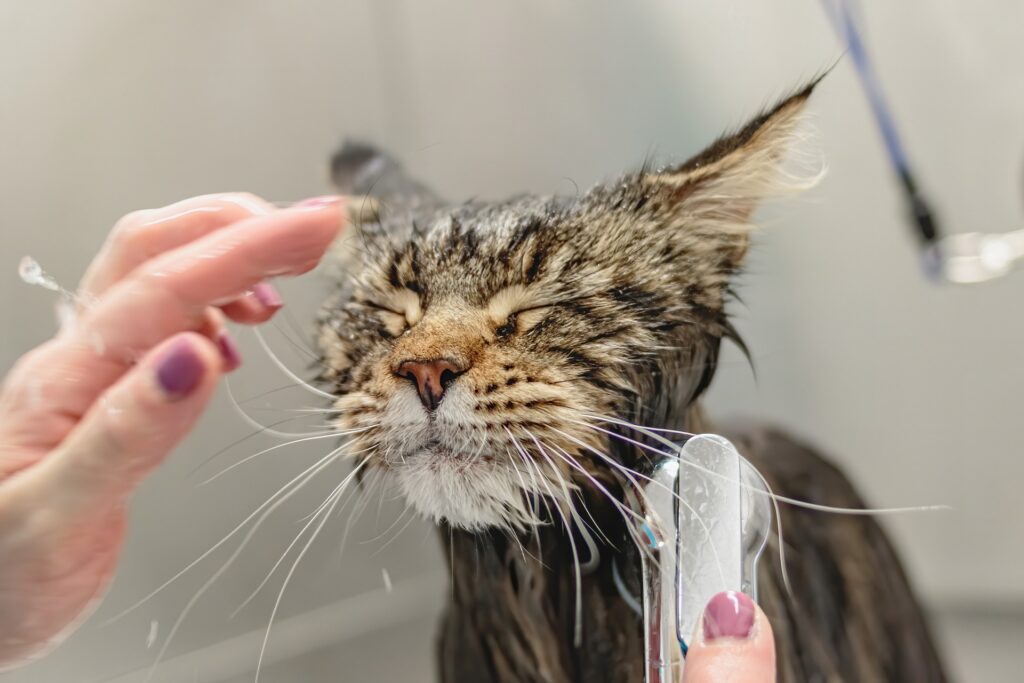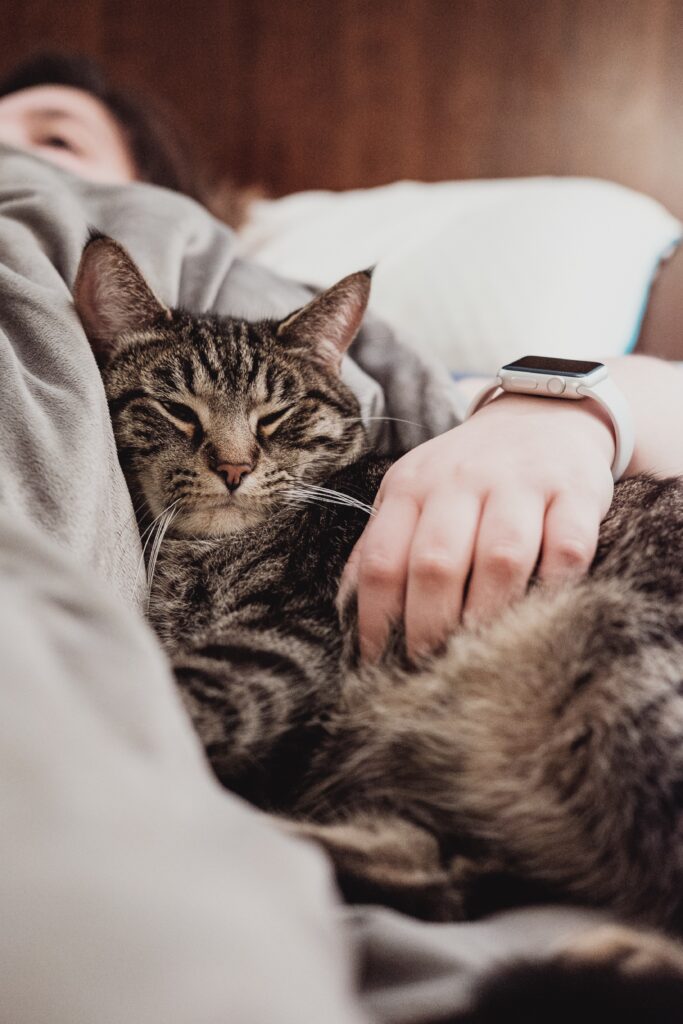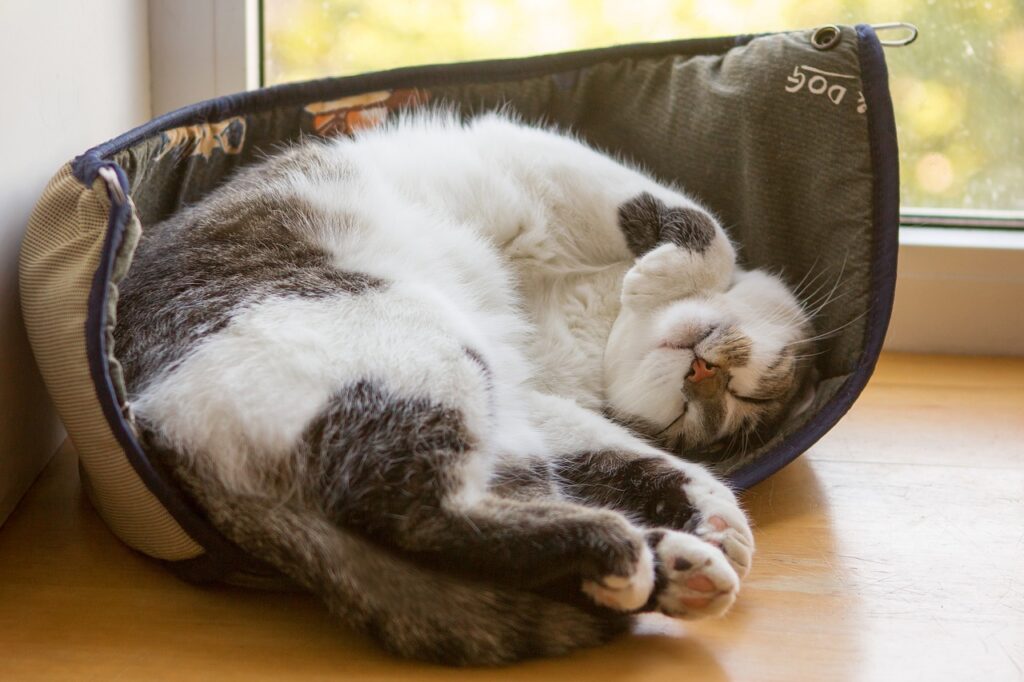Caring for your feline friend goes beyond providing food and shelter. Grooming is a crucial aspect of their well-being, ensuring they stay healthy, comfortable, and happy. In this guide, we’ll explore into essential grooming practices for both longhaired and shorthaired cats, covering everything from brushing and cleaning eyes to trimming claws and dental care.
Grooming Longhaired Cats
Longhaired cats require special attention to maintain their luxurious coats. Daily brushing not only prevents painful snarls and mats but also fosters a strong bond between you and your cat. Follow these simple steps to make grooming a positive experience:
Start with Relaxation: Brush your cat when it’s calm and relaxed. Begin with a gentle run of a slicker brush down its back and sides, avoiding any pulling.
Metal Comb Magic: Use a metal comb to work through the fur, loosening mats and snarls. Comb both toward the tail and head, checking for parasites or injuries on the skin.
Sensitivity Matters: The belly and legs are sensitive areas. Loosen snarls with your fingers and finish on the tail with a wide-toothed comb or brush.
Grooming Shorthaired Cats
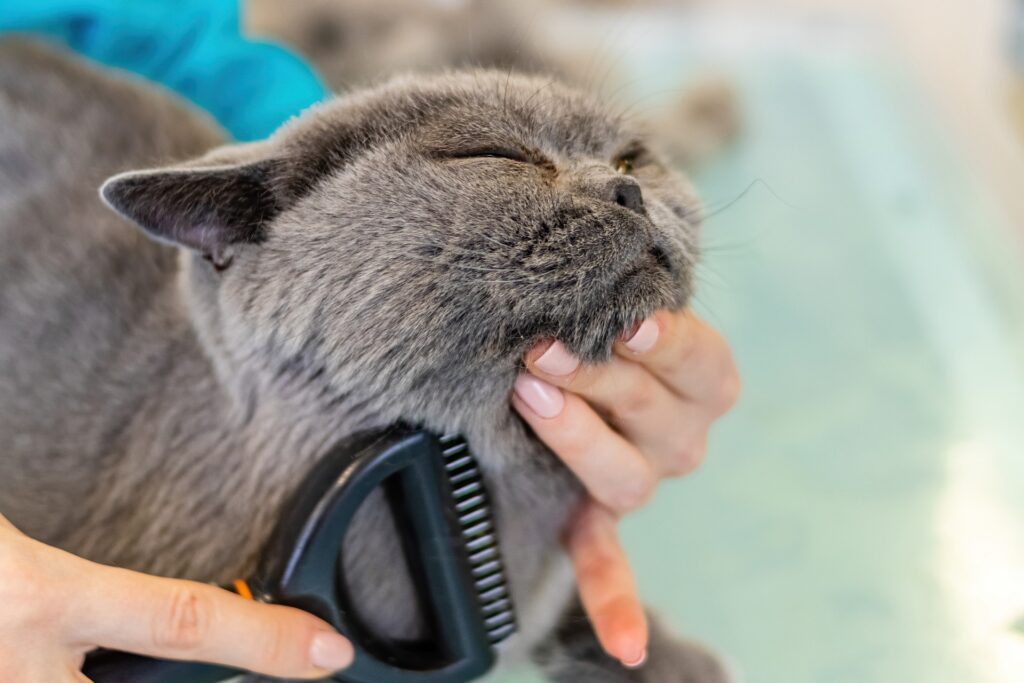
Even shorthaired cats benefit from regular grooming. Establish a weekly routine to keep their coats glossy and to detect any abnormalities. Follow these steps for effective shorthaired cat grooming:
Gentle Brushing: Brushing a shorthaired cat is easier. Run a brush gently down its coat to remove loose hairs.
Metal Comb Check: Use a metal comb to part the fur, checking for fleas, scratches, or injuries. Apply a few drops of coat conditioner for added shine.
Regular Stroking: Even if your cat dislikes brushing, regular stroking contributes to a healthy, glossy coat and provides stress-relief benefits.
Cleaning Cats’ Eyes
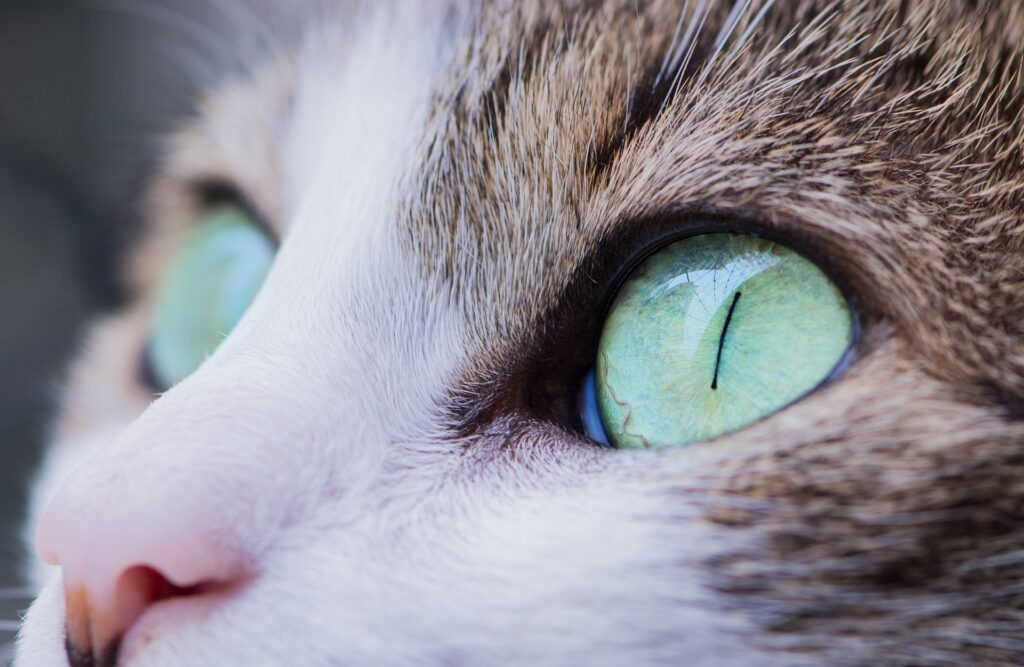
Certain breeds, like Persians and Himalayans, may need assistance in keeping their eyes clean. Regular eye cleaning is vital to prevent issues. Follow these steps:
Regular Inspection: Check your cat’s eyes regularly for crusty buildup, indicating potential health issues. Look for a visible third eyelid or signs of injury.
Gentle Cleaning: Dampen cotton with lukewarm water or saline solution. Wipe from nose to temple, avoiding the eyeball. Repeat on the other eye, if possible.
Cleaning Cats’ Ears
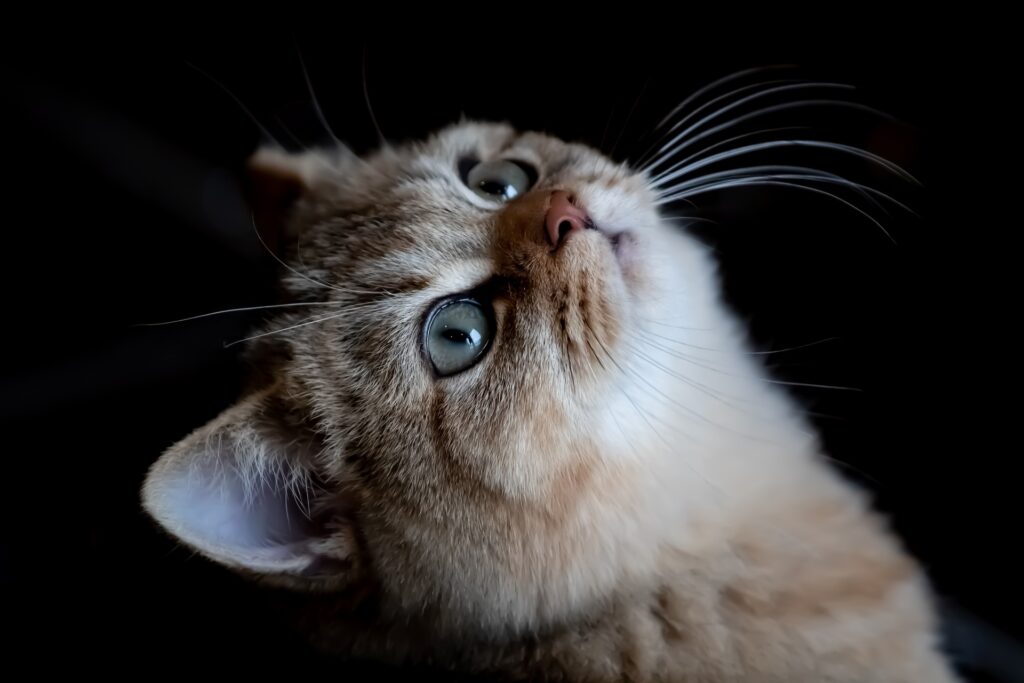
While cats can care for their ears, regular cleaning aids in detecting and preventing issues. Follow these steps:
Regular Inspection: Check for ear mites, scratches, or redness. White-eared cats should be observed for scabs or sores, potential signs of skin cancer.
Gentle Cleaning: Hold your cat’s head and fold back its ear. Use cotton moistened with baby oil to clean visible dirt, avoiding the ear canal.
Trimming Cats’ Claws

Whether indoor or outdoor, cats’ claws need regular maintenance. Here’s a simple guide to trimming your cat’s claws safely:
Calm Approach: Trim a couple of claws per session, applying gentle pressure to reveal the claw. Do not stress your cat. Also you can give reward afterwards.
Careful Clipping: Use clippers to cut just the white tip, avoiding the pink quick. Cut too little rather than too much, especially if your cat is uneasy. If you cut too deep it can bleed and hurt paws.
Brushing Your Cat’s Teeth
Oral hygiene is crucial for your cat’s overall health. Even though kittens do not need brushing, it’s better to start earlier. Follow these steps for effective tooth brushing:
Pet-Specific Toothpaste: Never use human toothpaste because it is toxic. Invest in pet-specific toothpaste.
Gentle Introduction: Before using a toothbrush, apply a small amount of toothpaste to your cat’s lips and touch a cotton swab to its gums. Gradually introduce a thimble-style brush.
Bathing Your Cat
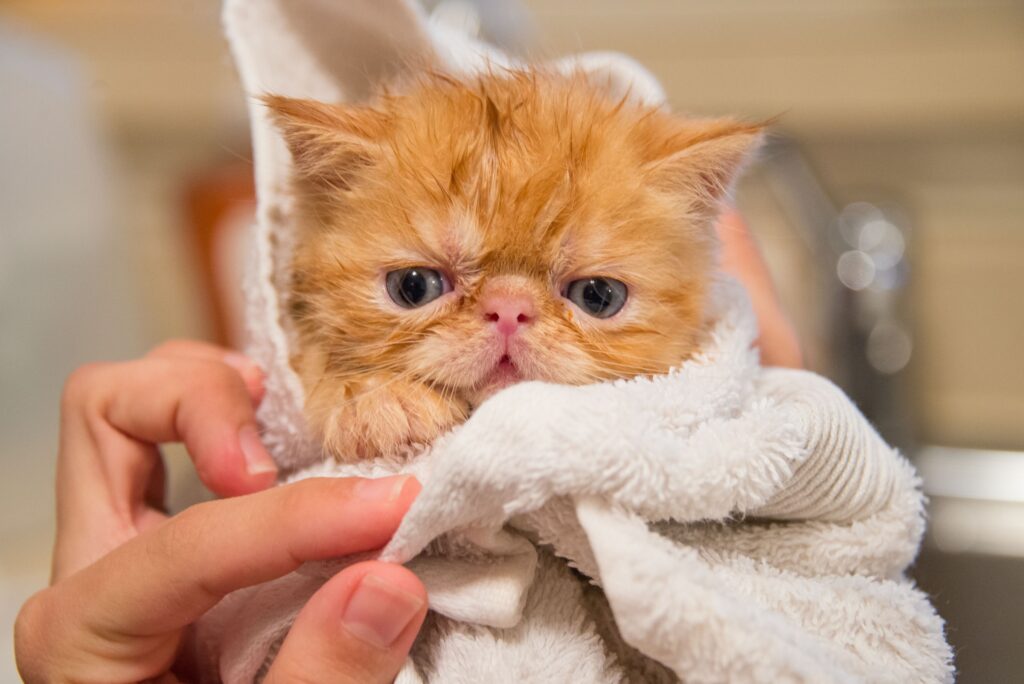
While many cats may not appreciate a bath, it rarely becomes necessary, especially for longhaired cats struggling with self-grooming. Before you begin, gather your supplies and consider having a friend assist in holding the cat. Use a bowl with warm water and pour it gently over your cat, applying a small amount of cat shampoo to avoid the face, eyes, and ears. Finish by wrapping your cat in a towel and patting it dry, with the less favourable option of using a quiet, low-setting hair dryer for longhaired cats.
Litter and Cat Flap Training
Most cats adapt to litter boxes with ease, requiring good timing on your part. Place a kitten in the tray when it appears ready, and instincts will often guide them to cover their feces. Encourage litter box use by rewarding your kitten with praise or treats.
If your cat is set to be an indoor/outdoor feline, installing a cat flap is essential. Train your cat by propping it open initially and enticing them through with a toy or treat. As they grow confident, gradually close the flap, teaching them to push it open with a paw or head. Using a bowl of their favorite food as a lure can be particularly effective.
By incorporating these grooming practices into your routine, you’re not only enhancing your cat’s well-being but also fostering a stronger bond with your furry companion. Stay tuned for more tips on caring for your beloved pets!

